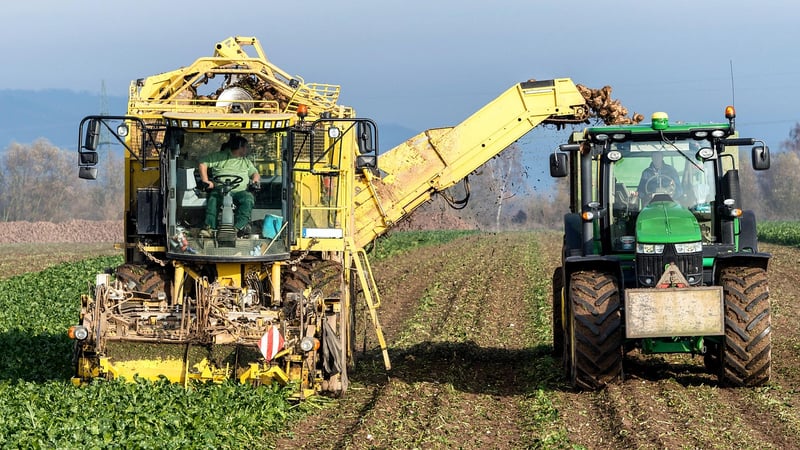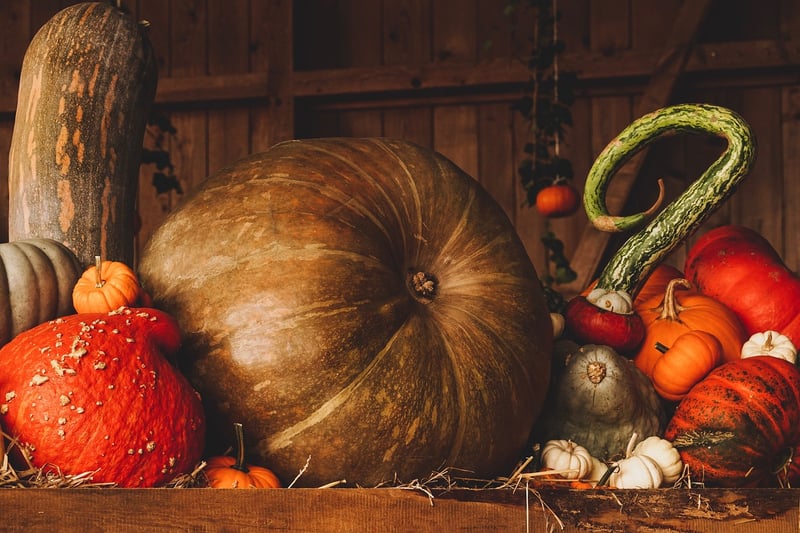Fall Harvesting
Adapting Your Garden to Changing Seasons
Having a garden is a wonderful way to connect with nature and enjoy the beauty of the outdoors. However, to keep your garden thriving throughout the year, it's essential to adapt to the changing seasons. Each season brings its own challenges and opportunities for your garden to flourish. Here are some tips for adapting your garden to the changing seasons:
Spring:
As the weather warms up and plants start to bloom, it's essential to prepare your garden for the growing season. Here are some tasks to consider:
- Clear out any debris from winter
- Prune shrubs and trees
- Start planting seeds for summer vegetables and flowers

Summer:
During the hot summer months, your garden will need extra care to stay healthy and vibrant. Here are some tips for summer gardening:
- Water your plants regularly, especially during heatwaves
- Mulch around plants to retain moisture
- Harvest vegetables and fruits as they ripen

Fall:
As the days grow shorter and temperatures start to cool down, it's time to prepare your garden for the fall season. Here are some tasks to consider:
- Plant fall vegetables like pumpkins, squash, and kale
- Harvest any remaining summer crops
- Clean up garden beds and remove debris

Winter:
Winter is a time of rest for your garden, but there are still tasks you can do to prepare for the next growing season:
- Plan your garden layout for the next year
- Start seeds indoors for early spring planting
- Protect delicate plants from frost

By adapting your gardening practices to the changing seasons, you can ensure that your garden thrives year-round. Whether it's planting new crops, harvesting fresh produce, or planning for the future, each season offers unique opportunities to connect with nature and enjoy the beauty of your outdoor space.
